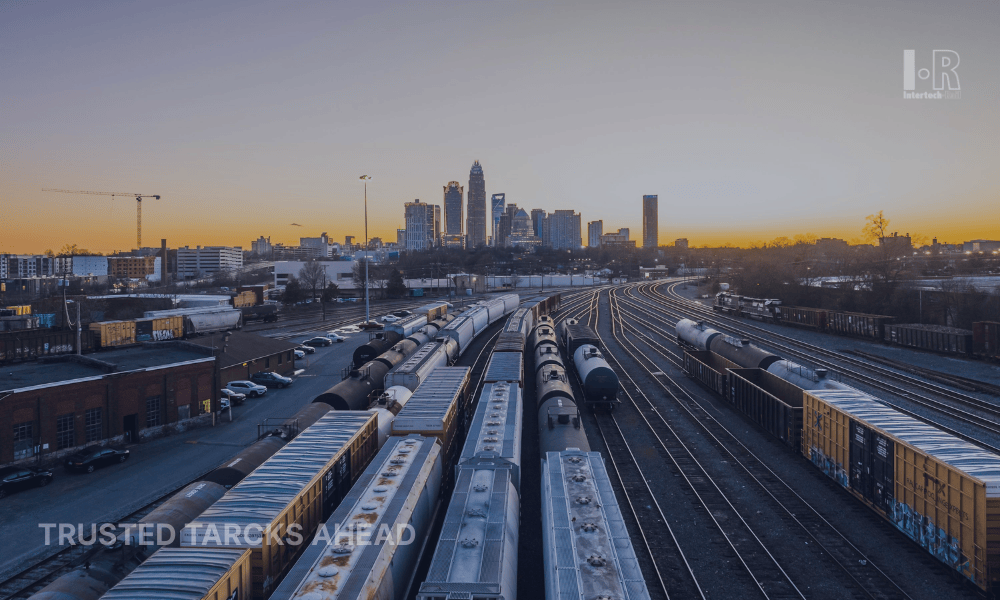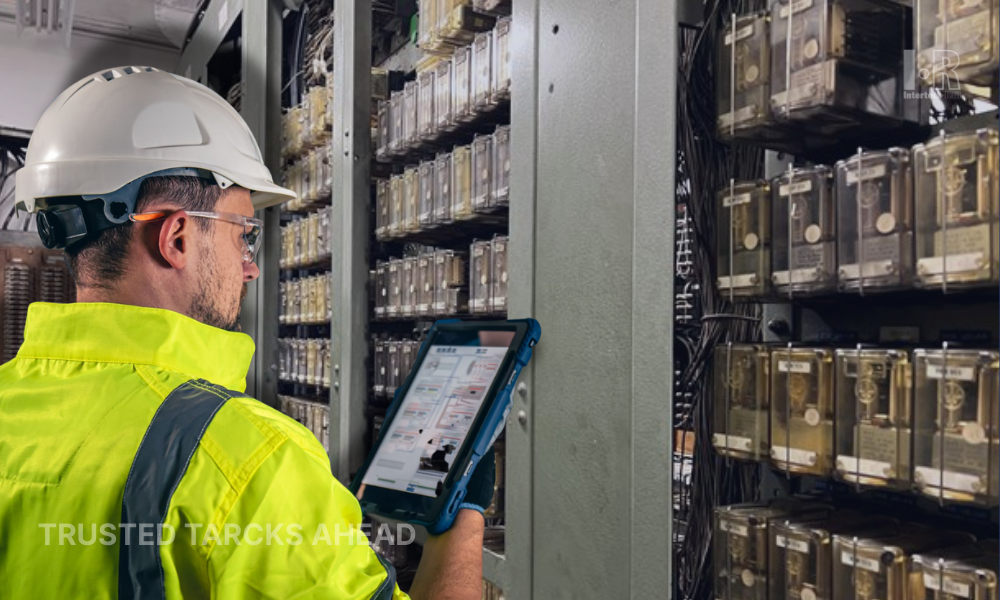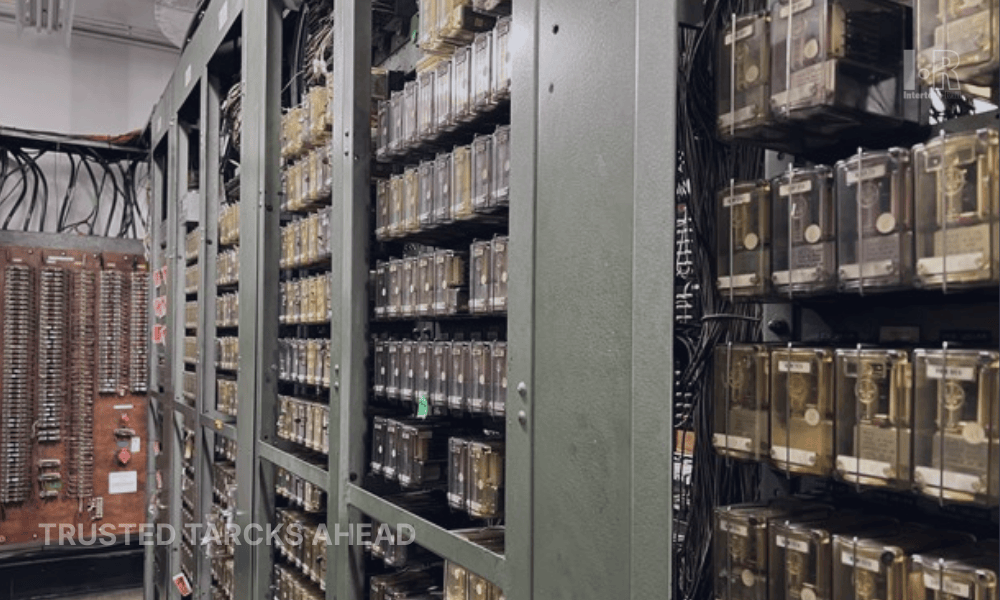Railway Capacity Optimization
Railway Capacity Optimization: Strategic Planning and Technology Solutions for Maximum Network Efficiency

Understanding Railway Capacity Fundamentals
Ask any operator, sooner or later, the line feels full. More trains want to run, but there are only so many paths. Railway capacity optimization is about squeezing more out of what exists before building more track. It mixes capacity planning, operations, and technology into one messy problem.
For more on how intelligent infrastructure supports higher efficiency without building new tracks, see our article on Smart Railway Infrastructure.
Capacity Concepts and Measurement
Numbers can be tricky. On paper, the line can take 20 trains an hour. In practice, it rarely does. Delays, dwell times, uneven spacing, they cut the figure down. That is why capacity utilization metrics are important. They show the real picture, not the brochure. Without them, upgrades get pushed back or investments are wasted.
Factors Affecting Capacity
Physical limits hurt first. Single-track sections, sharp curves, and grades all create infrastructure bottlenecks. Operations pile on. Freight mixed with commuter service, or long-distance mixed with regional, eats space fast. Dispatchers know this: even small timetable changes ripple into major congestion.
Capacity Planning Methodologies
Models and simulations help, but choices matter more. Do you extend sidings, build flyovers, or just tweak schedules? Some networks gamble on waiting until demand explodes. Others spend early and end up running empty. Good capacity planning finds a balance between cost, demand, and political pressure.
Technology Solutions for Capacity Enhancement
Here is where technology shows value. Modern signaling systems allow trains to run closer together. Moving block systems take it further, adjusting headways in real time. That single upgrade can feel like adding another track. Rolling stock helps too: better acceleration, shorter stops, or train length optimization, all ways to fit more trains without pouring concrete. It is not magic, but it works.
To understand how fail-safe principles keep these advanced signaling systems reliable, see our article on Fail-Safe Rail Systems & Standards.
Practical Examples
Metro lines in Asia use moving block systems to push headways below two minutes. European corridors solved congestion by upgrading digital signaling systems instead of laying new rails. North American freight operators rely on train length optimization to haul more per path. Different regions, same goal: make the network handle more.
Railway capacity optimization is never about one fix. It is tackling infrastructure bottlenecks, applying capacity utilization metrics to see where the real pain is, and then using tools like signaling systems or moving block systems to improve network efficiency. Add operational tricks such as train length optimization, and suddenly the same line carries far more. That is the heart of capacity work, getting more trains through without always building new track.




